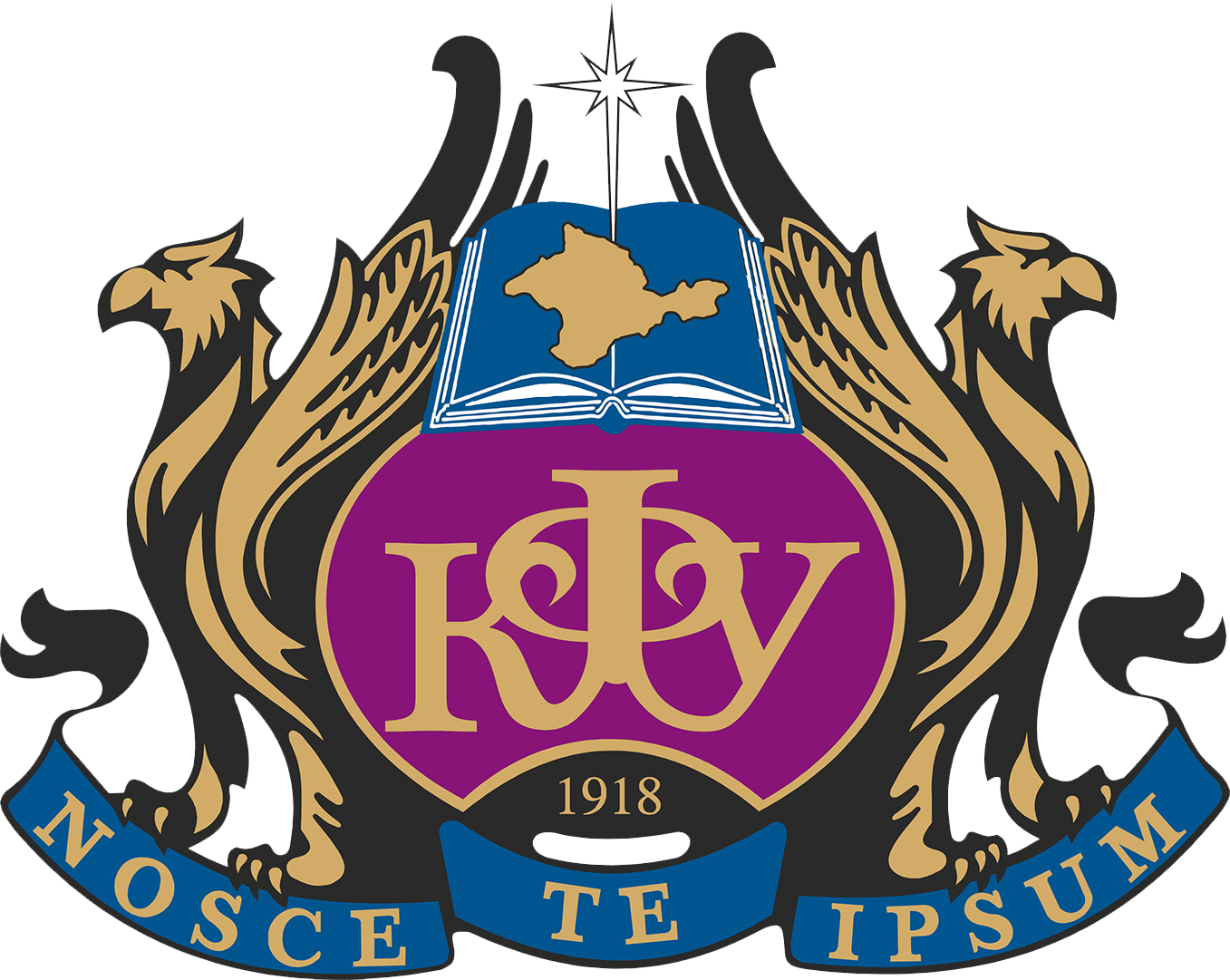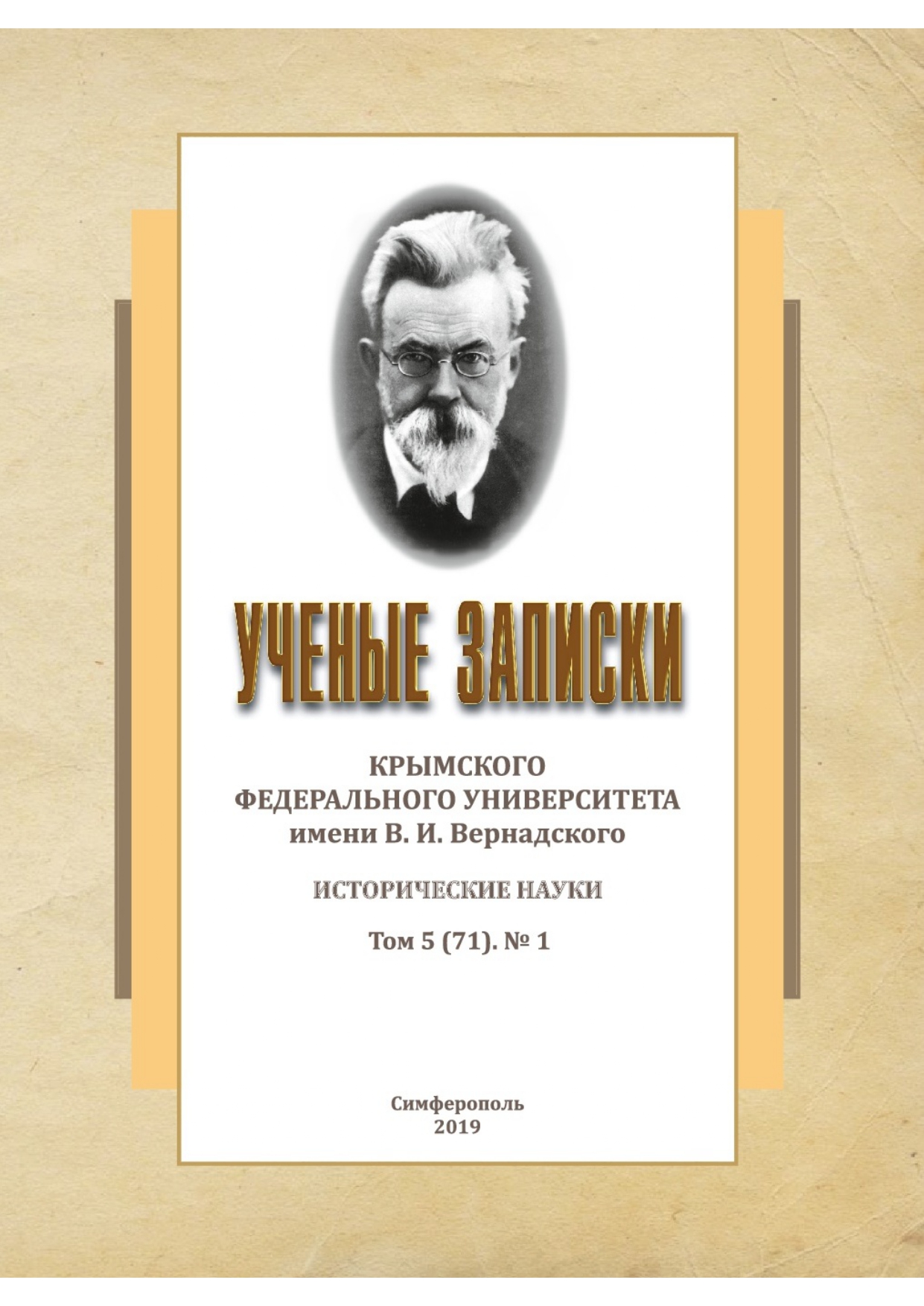Russian Federation
The article is devoted to the study of the religious policy of the representatives of the Safavid dynasty, who solved the historical task of spreading and affirming Shi’ism of the Isna’asharite persuasion on the territory of Iran. The paper identifies the reasons why Ismail I chose this particular direction of the Shiite movement, declaring it the state religion of his country. The ways in which the Safavid shahs managed to turn an initially Sunni country into a state with a predominant Shiite population are shown. It is concluded that the most effective measures for the spread of Islamism were government measures aimed at attracting reputable Shiite scholars to the country and sponsoring their activities, organizing the state apparatus, with the inclusion of officials who provided communication between the government and the Shiite clergy, the establishment of a network of madrasahs and the organization of a religious education system. Attention is focused on the activities of the shahs to develop pilgrimage centers associated with Isna’asharite imams. The analysis of historical events allowed the author to trace the evolution of the relationship between the Shiite clergy and state power in the Safavid era. The failure of Nadir Shah’s religious policy aimed at merging the Sunni and Shiite branches of Islam is considered as confirmation of the conclusion that thanks to the efforts of the Safavid Shahs, a national Iranian identity was formed, inextricably linked with Isna’ashari Shiism.
Abbas I, Iran, Isma’il I, Isna’asharism, Kyzylbashi, Mashhad, Mullah Bashi, Muhammad Bakir al-Majlisi, Nadir Shah, Sadr, Safavids, Sultan Husayn, Sunnis, Tahmasp I, Shiism
1. Bartol'd V. V. Mesto prikaspiyskih oblastey v istorii musul'manskogo mira // Bartol'd V. V. Soch.– M.: Vostochnoy literatury, 1963. – T. II, ch. I.– 748 s.
2. Efendiev O. Azerbaydzhanskoe gosudarstvo Sefevidov v XVI v.– Baku: ELM, 1981.– 335 s. Efendiev O. Azerbajdzhanskoe gosudarstvo Sefevidov v XVI v.– Baku: Izd-vo «ELM», 1981.– 335 s.
3. Istoriya Irana. – M.: izd-vo MGU, 1977.– 488 s. Istoriya Irana. – M.: MGU, 1977.– 488 s.
4. Ahundova N. F. Sufiyskoe bratstvo Sefevidov: shiizm ili sunnizm? Istoriograficheskiy obzor trudov zapadnoevropeyskih issledovateley // Orientalistika. 2020.– Vyp. 3(3).– S. 765–780.
5. Minorsky V. The Poetry of Shah Ismaʻil I. // Bulletin of the School of Oriental and African Studies, University of London, Vol. 10, №. 4 (1942), P.– 1006a-1053a.
6. Petrushevskiy I. P. Islam v Irane v VII–XV vekah: Kurs lekciy. – SPb.: Izd-vo S.– Peterb. un-ta, 2007.– 428 s.
7. Savory R. Iran under the Safavids. – London – New York – New Rochelle Melbourne Sydney. – Cambridge University Press, 1980. – 277 p.
8. Moazzen Maryam. Shi‘ite Higher Learning and the Role of the Madrasa-yi Sulṭānī in Late Safavid Iran.– Toronto: Department of Near and Middle Eastern Civilizations University of Toronto, 2011.– 331 p.
9. Daftari Farhad. Istoriya shiʻitskogo islama. – M.: Natalis, 2017.– 352 s. Daftari Farhad. Istoriya shiʻitskogo islama. – M.: Natalis, 2017.– 352 s.
10. Newman A. G. Religious trends // Encyclopaedia of Islam.– 2 ed.: in 12 vol. – Leiden: E. J. Brill, 1995. – Vol. VIII. – P. 777–781.
11. Nozhat Ahmadi Vaqf in Safavid period // The Safavid World. – London and New York: Routledge, 2022. – P. 377.
12. Floor Willem. The sadr or head of the Safavid religious administration, judiciary and endowments and other members of the religious institution // Zeitschrift der Deutschen Morgenldndischen Gesellschaft.
13. Novosel'cev A. P. Gosudarstvo Sefevidov v XVI–XVIII vv // Istoriya Vostoka. – T. III. Vostok na rubezhe srednevekov'ya i novogo vremeni. XVI–XVIII vv.
14. Savory R. M. ʻAbbas I // Encyclopaedia of Islam. 2 ed.: in 12 vol. – Leiden: E. J. Brill, 1986. – Vol. I. – P. 8.
15. Magilina I. V. Religioznoe mirovozzrenie shaha ʻAbbasa I Sefevi (po materialam «Hroniki karmelitov») // Uspehi sovremennoy nauki. – 2016. – T. 10, № 12. – S. 119.
16. Eshtos Yanis. Neskol'ko slov o Mir Damade // Ishrak. – M.: Nauka, Vost. lit., 2014.–№ 5. – S. 137–141. Eshtos YAnis. Neskol'ko slov o Mir Damade // Ishrak. – M.: Nauka, Vost. lit., 2014.–№ 5. – S. 137
17. Safavi Sayyid Salman Zhizn' i filosofskoe uchenie Mully Sadry. – M.: OOO «Sadra», 2020.– 160 s.
18. Boys M. Zoroastriycy: Verovaniya i obychai. – SPb.: Azbuka-klassika; Peterburgskoe Vostokovedenie, 2003. – 352 s.
19. Pigulevskaya N. V., Yakubovskiy A. Yu., Petrushevskiy I. P., Stroeva L. V., Belenickiy A. M. Istoriya Irana s drevneyshih vremen do konca XVIII veka. – L.: izd-vo LGU, 1958.– 392 s.
20. Lekveyshvili T. K voprosu o prichinah upadka dinastii Sefevidov: istoriograficheskiy analiz // Caucaso-Caspica. – 2017–2018. – Vyp. II–III. – S. 46.
21. Algar Hamid. Religious forces in eighteenth-and nineteenth – century Iran // The Cambridge history of Iran. – Vol. 7.: From Nadir Shah to the Islamic republic. – Cambridge, New York, Melbourne, Madrid,
22. Arunova M. R. Ashrafyan K. Z. Gosudarstvo Nadir-shaha Afshara. Ocherki obschestvennyh otnosheniy v Irane 30–40-h godov XVIII veka. – M.: Izdatel'stvo Vostochnoy literatury, 1958. – 283 s.





